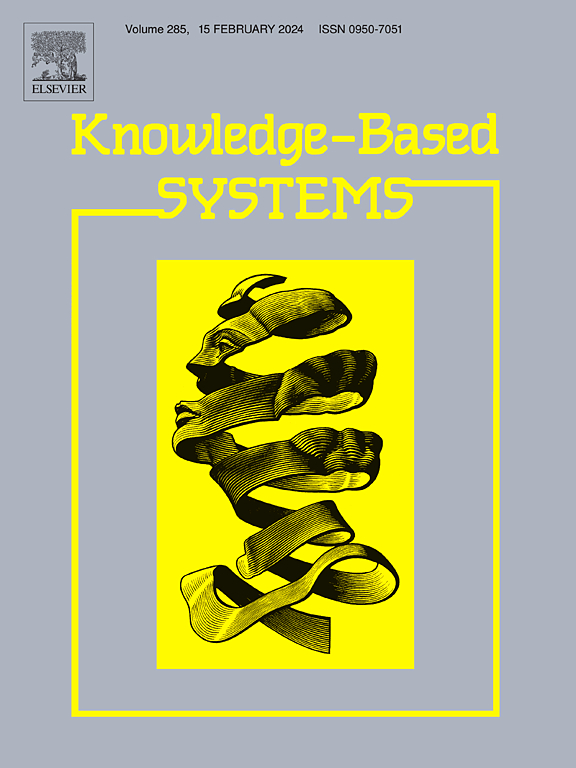TVC Former: A transformer-based long-term multivariate time series forecasting method using time-variable coupling correlation graph
IF 7.2
1区 计算机科学
Q1 COMPUTER SCIENCE, ARTIFICIAL INTELLIGENCE
引用次数: 0
Abstract
Long-term multivariate time series forecasting is crucial in various domains that require the effective modeling of intervariable dependencies in series data. However, existing methods tend to capture these dependencies directly across the entire series, thus neglecting the local dynamic characteristics of the intervariable correlation patterns caused by locality differences and the dynamic variability of the series. To address this, we propose TVC Former, a forecasting model that uses a time-variable coupling correlation graph (TVC graph). The TVC graph treats local window-level subsequences as nodes and explicitly models local intervariable dependence. Its structure is dynamically and adaptively generated to effectively represent task-specific valuable intervariable local correlation patterns while eliminating irrelevant ones. Specifically, a sparsified graph structure is initialized based on the correlation between the input historical series and statistical similarity between the subsequences. It is then optimized using a pattern capture-fusion sparsification unit with learnable parameters. In addition, we propose a time-variable joint-encoding framework with a transformer encoder as the backbone. By introducing local head markers and a graph neural network, the framework effectively captures the intervariable dependencies using the TVC graph. Experiments on seven real-world datasets demonstrate the superiority of TVC Former in long-term forecasting tasks.

求助全文
约1分钟内获得全文
求助全文
来源期刊

Knowledge-Based Systems
工程技术-计算机:人工智能
CiteScore
14.80
自引率
12.50%
发文量
1245
审稿时长
7.8 months
期刊介绍:
Knowledge-Based Systems, an international and interdisciplinary journal in artificial intelligence, publishes original, innovative, and creative research results in the field. It focuses on knowledge-based and other artificial intelligence techniques-based systems. The journal aims to support human prediction and decision-making through data science and computation techniques, provide a balanced coverage of theory and practical study, and encourage the development and implementation of knowledge-based intelligence models, methods, systems, and software tools. Applications in business, government, education, engineering, and healthcare are emphasized.
 求助内容:
求助内容: 应助结果提醒方式:
应助结果提醒方式:


